This post may contain affiliate links.
If you can’t get enough of that indulgent, caramely rich taste of the famous Lotus biscuits, you’re going to love this Biscoff Cake. Light and fluffy sponge with that irresistible flavour, this is an easy bake-at-home treat.
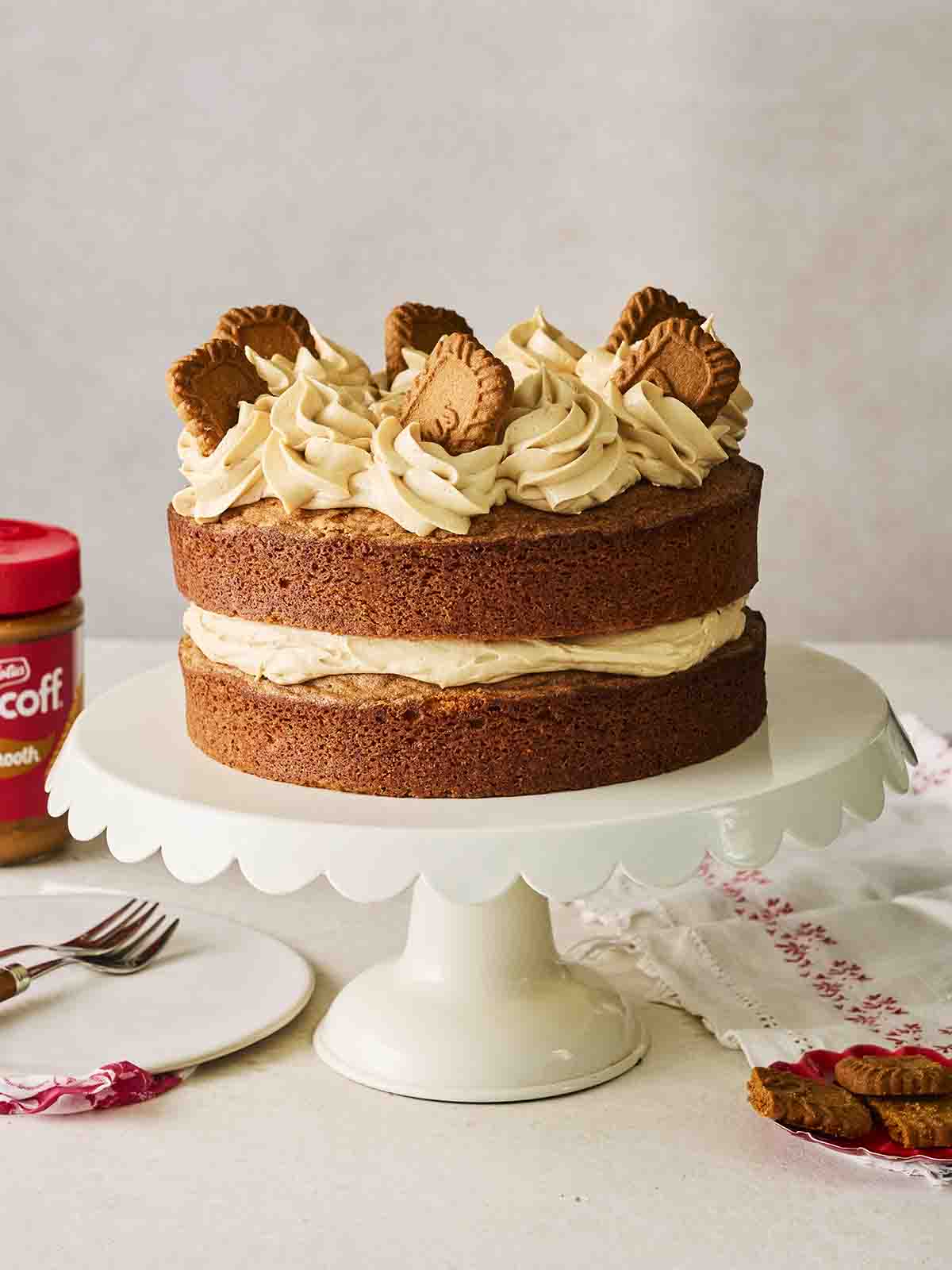
All hail the invention of Lotus Biscoff spread!
The famous Belgian cookie flavour in a spread form means we can use it in even more delicious ways. (Check out my Biscoff Cheesecake here!)
Making a simple Biscoff Cake is also a must, and I’m here to tell you it’s not difficult and this tried-and-tested recipe works every time!
This is one of my favourite cake recipes – I hope you love it too.
Why you’ll love this Easy Biscoff Cake recipe
⭐️ Light and fluffy sponge, rich caramel flavour
⭐️ Impressive but easy bake
⭐️ Lots of tips for perfect cake, every time
Lotus Biscoff Cake Ingredients
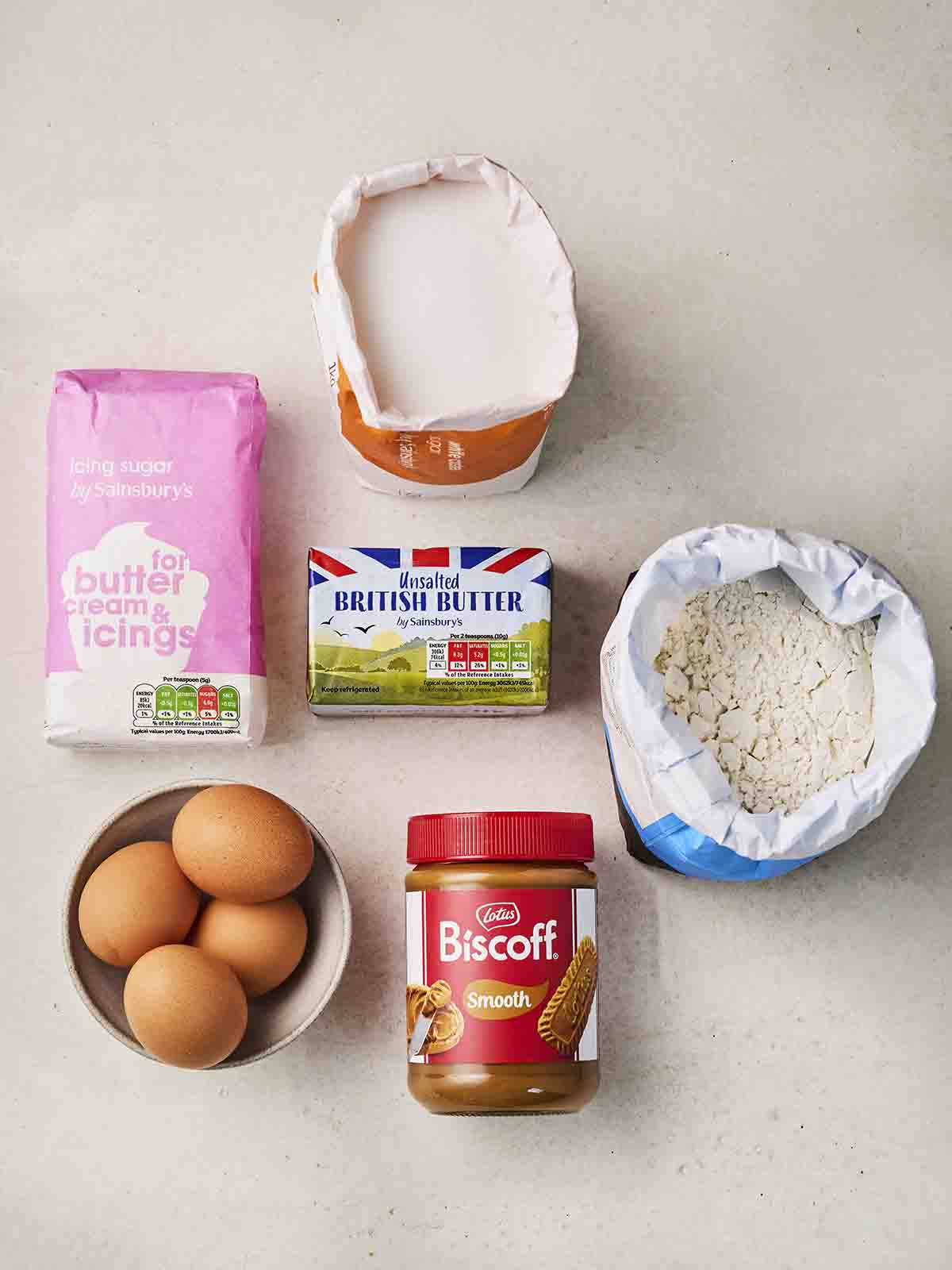
- Butter – This should be unsalted and at room temperature. You’ll need extra for greasing the cake tins too.
- Caster sugar – This is finer than granulated sugar, and if you’re outside of the UK may be called superfine, bar or baker’s sugar.
- Eggs – You’ll need medium eggs for this recipe. I use free-range.
- Self-raising flour – This flour contains a raising agent so there’s no need for baking powder too.
- Lotus Biscoff spread – We’ll be using this in the icing as well as the cake mix.
- Biscoff Buttercream – Unsalted butter, icing sugar, a little boiling water and Biscoff spread.
How to make Biscoff Cake
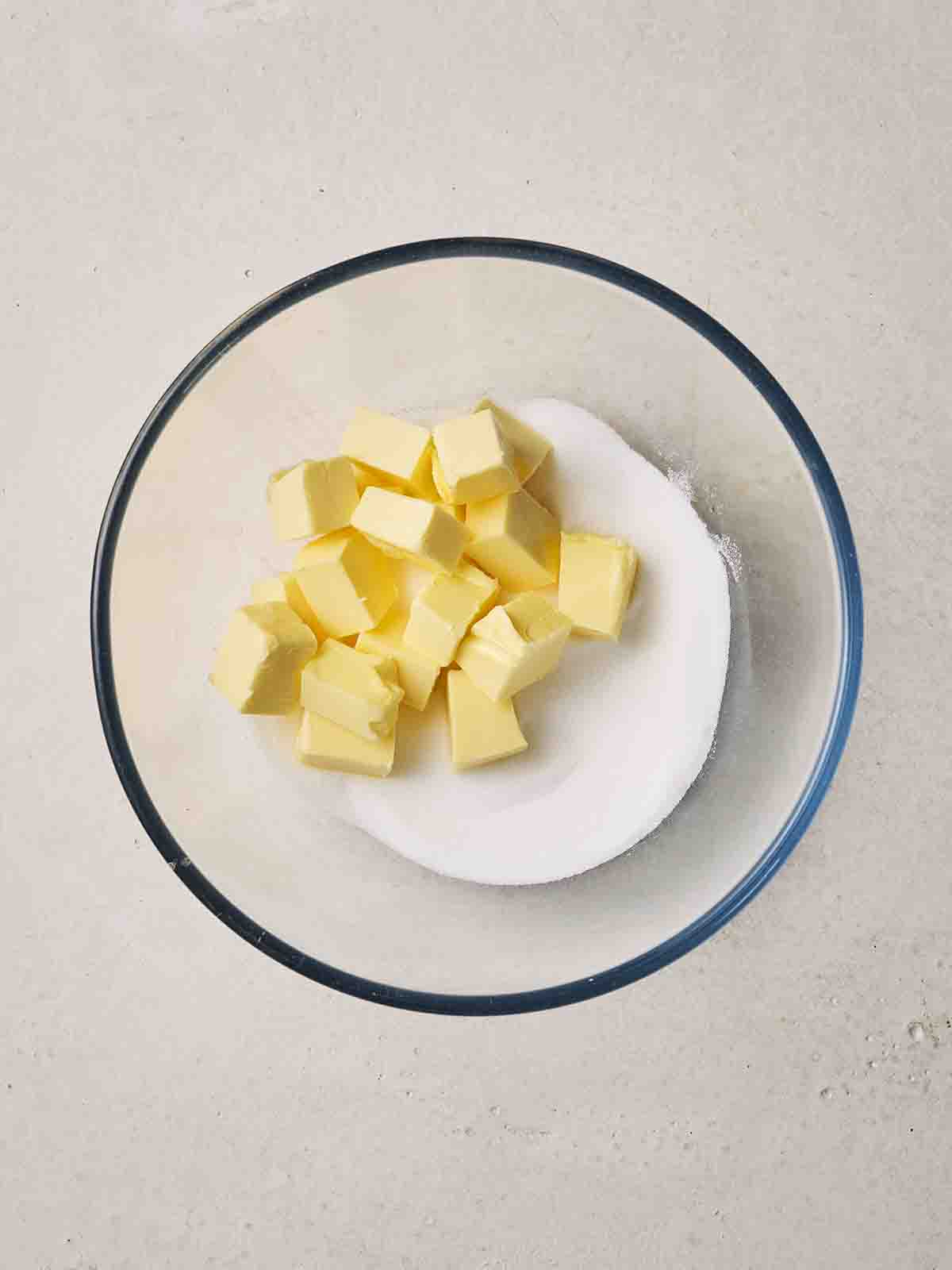
1. Cream the butter and sugar until pale, light and fluffy.
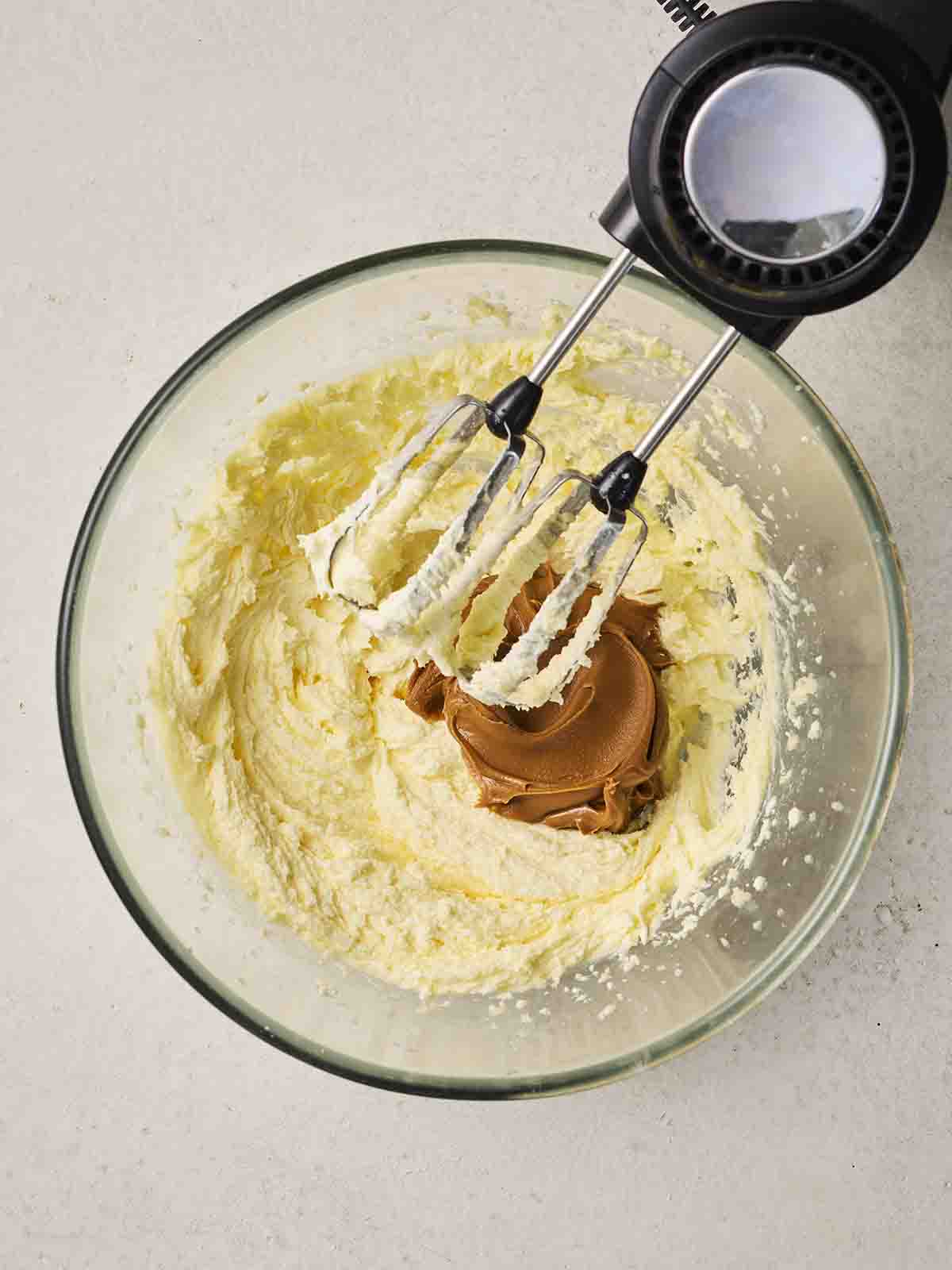
2. Add in the Biscoff spread.
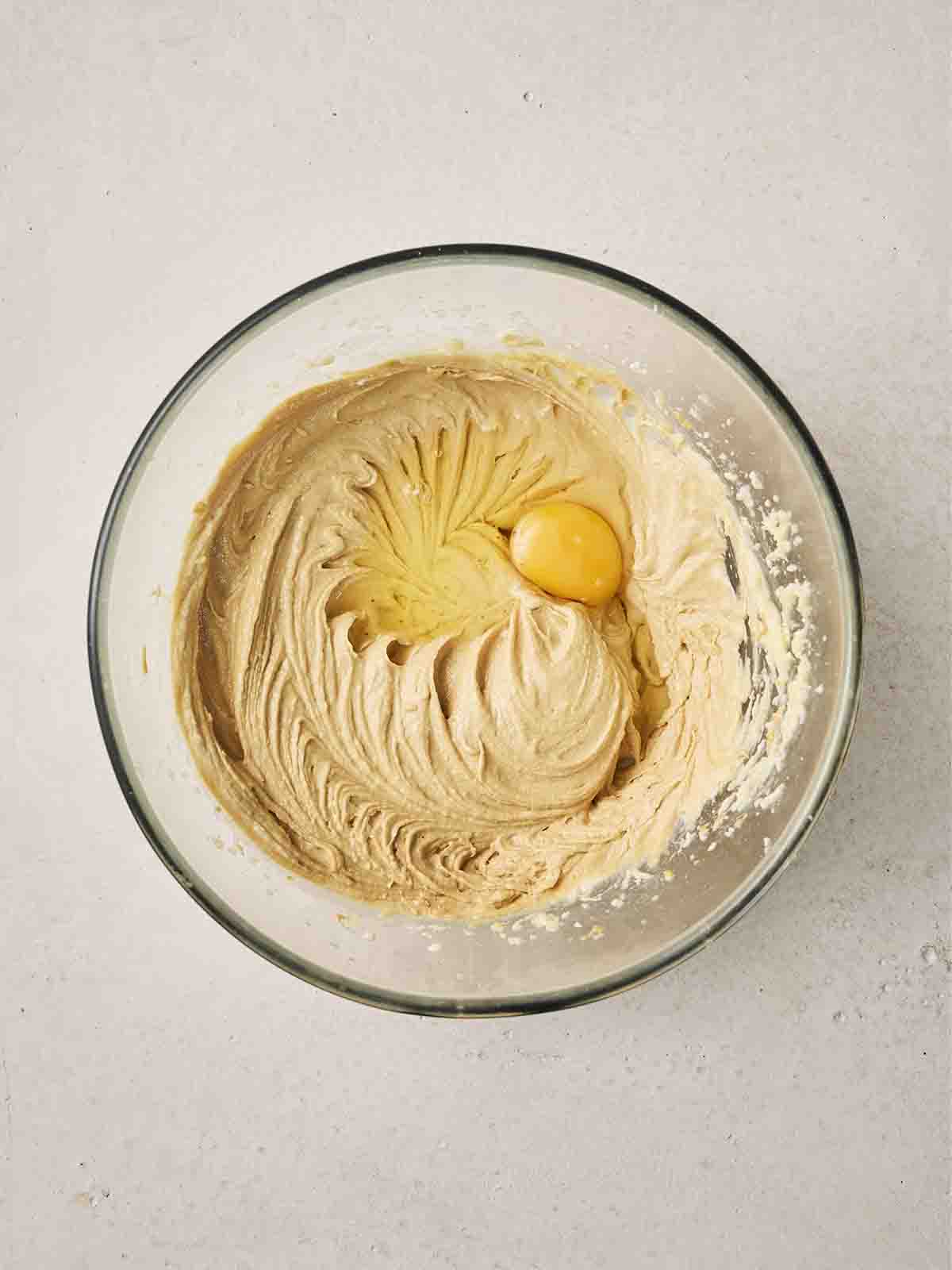
3. Next, add the eggs, one at a time, beating well after each addition.
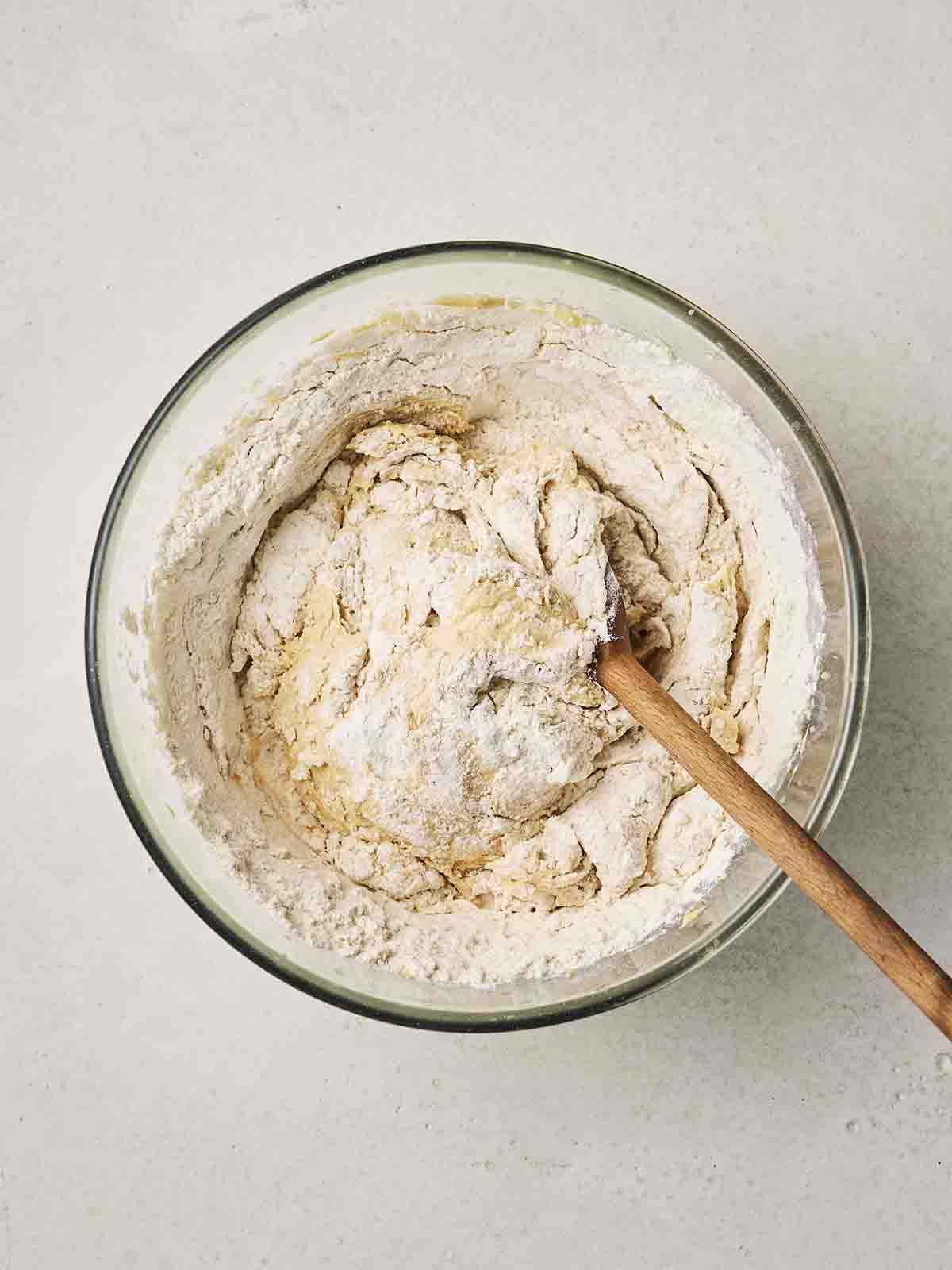
4. Add the flour with a wooden spoon. Divide the batter into 2 tins and bake as per the recipe below.
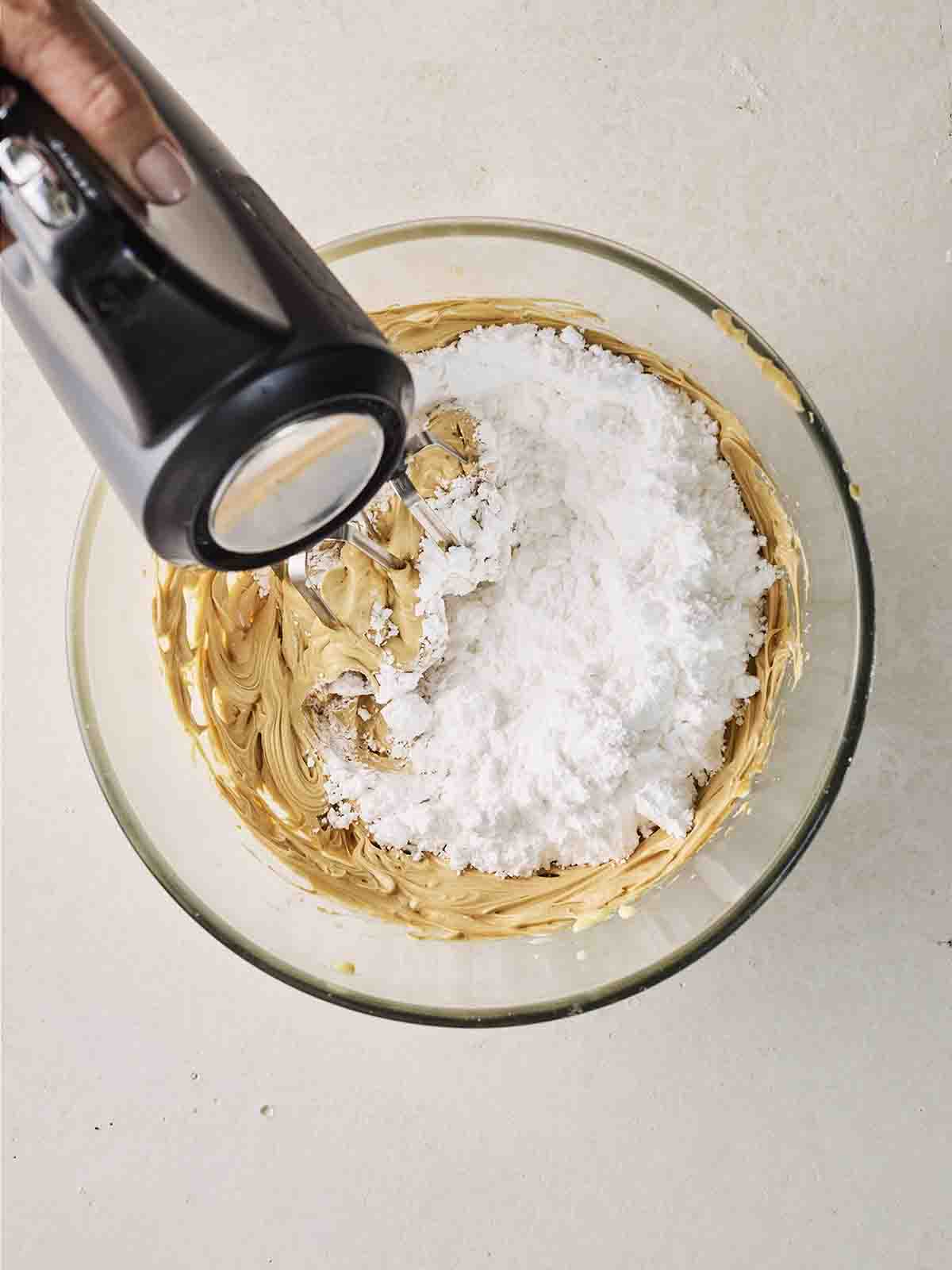
5. As the cake is baking, mix the buttercream icing together.
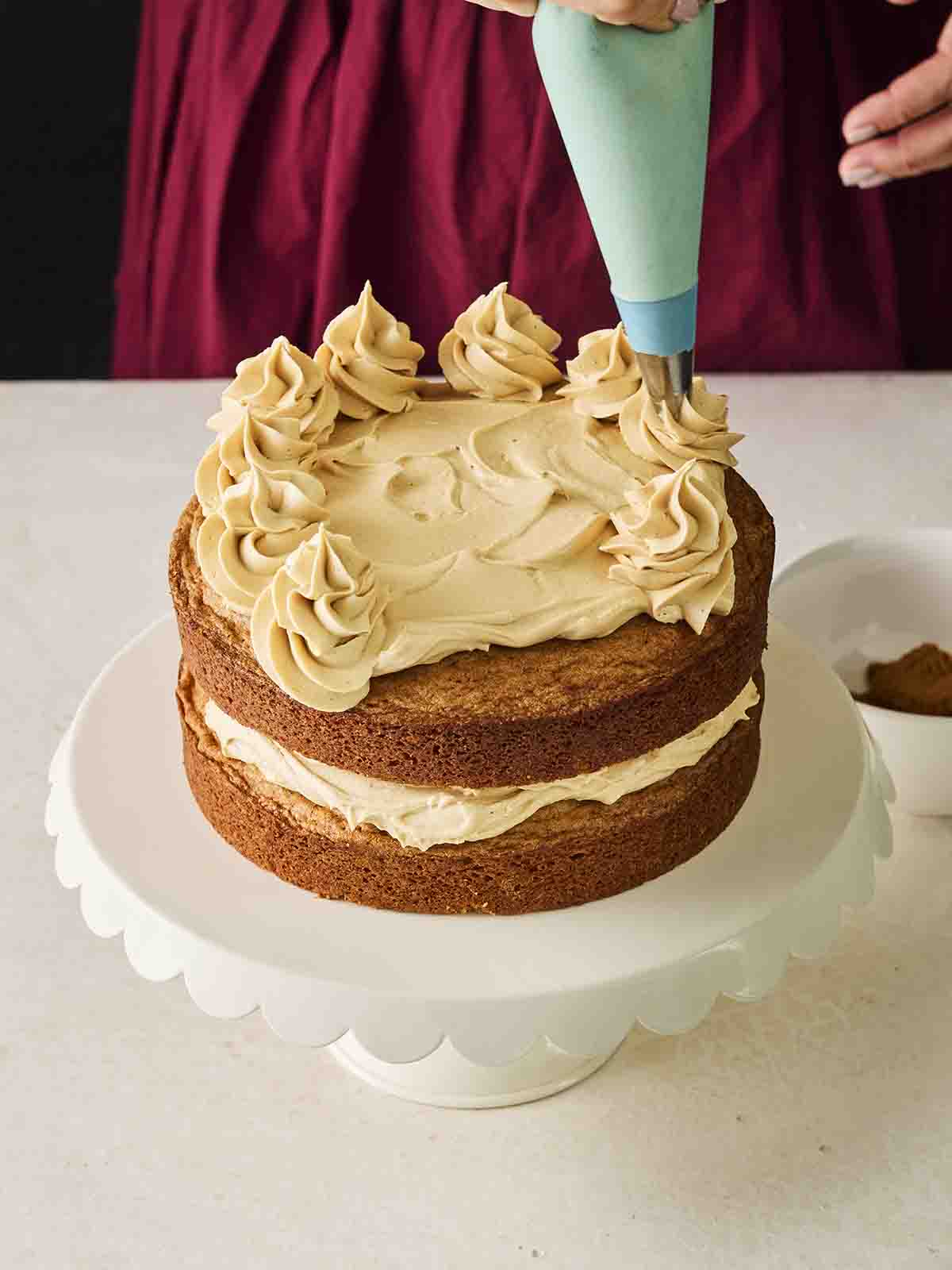
6. When your cakes are cold, sandwich them together with half of the buttercream (using a piping bag if you have one). Spread or pipe the remaining icing on top before serving.
Storing
Homemade Biscoff Cake will last 3 days in an airtight container. There’s no need to refrigerate.
FREEZING
If you’d like to freeze your Biscoff Sponge Cake, do so BEFORE filling it. Bake the cakes, cool them in the tin, turn them out and wrap them tightly in two layers of cling film (leaving the baking paper on). Freeze. Defrost thoroughly before you fill it with icing.
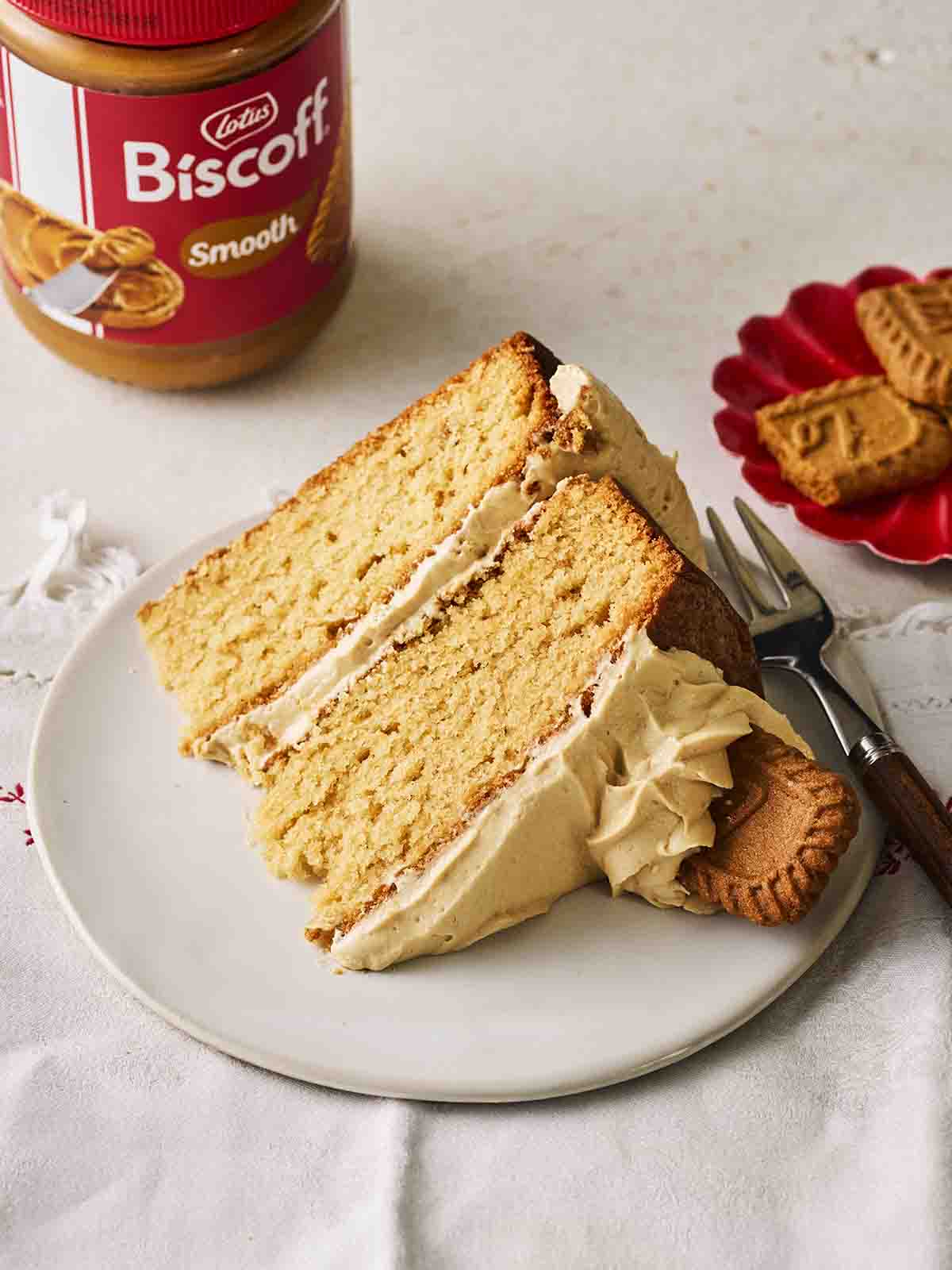
Top Tips
✅ Use an electric hand whisk for the sponge.
✅ Use 7″ round sandwich tins that have removable bases for your two layers of sponge. I like these ones.
✅ Grease the tin very well with butter and line the base with baking paper or parchment like this one.
✅ Allow cooling time to your method in the recipe below. The sponge layers should be filled and topped when they’re completely cold.
✅ When I smooth the mixture out in the tins, I make a very slight dip in the centre of each one. This compensates for the cake rising and means that they are much easier to stack on top of each other.
More Easy Cake Recipes…
FAQs
Here we’re making a Biscoff Buttercream (or Biscoff Icing), which has more flavour of the biscoff in there. If you’d rather something plainer, you could use this Cream Cheese Frosting recipe here instead.
It depends on how big you like your slices! Generally though, this makes 12 average slices.
Let me know how you got on and what you thought of these recipes. Please rate the recipe using the ⭐️ below.
Also I’d LOVE to see your cooking creations. If you’d like to share yours with me, you can tag me on Instagram (@tamingtwins).
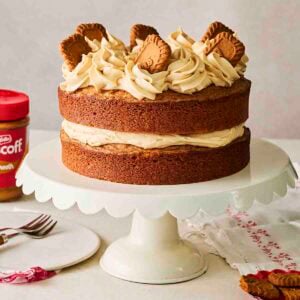
Biscoff Cake
Ingredients
- 225 g Unsalted butter, At room temperature, plus extra for greasing
- 225 g Caster sugar
- 4 Eggs
- 225 g Self-raising flour
- 150 g Biscoff spread
To decorate:
- 175 g Unsalted butter, At room temperature
- 300 g Icing sugar
- 150 g Biscoff spread
Instructions
- Preheat the oven to 180℃ fan/200℃/Gas Mark 6. Grease the 7" cake tins with butter and line the bases with baking paper.
- Cream the butter and sugar until pale, light and fluffy with a handheld electric whisk (if you have one) or a wooden spoon. Stir in the Biscoff spread, followed by the eggs, one at a time, beating well after each addition. Don't worry if it starts to look a bit curdled, it'll all come together.
- Add the flour. If you've been using an electric whisk, do this with a wooden spoon.
- Divide the batter evenly between the prepared tins and smooth out with the back of a spoon. Make a bit of a dip in the middle of each sponge to account for rising, to help keep them level.
- Bake in the oven for about 25-35 minutes, or until a skewer inserted into the cakes comes out clean.
- Remove from the oven and allow the cakes to cool in the tins for about 5 minutes, then remove the tins and allow to cool completely on a wire rack.
To make the Biscoff Buttercream Icing:
- Beat the butter in a bowl until pale, light and fluffy (using an electric hand whisk if you have one).
- Gradually sift in the icing sugar and stir in the Biscoff spread. Beat in a little boiling water (2-3 tsps) to soften and lighten the texture of the icing. It should be light and fluffy.
- When your cakes are completely cold, sandwich together with half of the buttercream (using a piping bag if you have one). Spread or pipe the remaining icing on top before serving.
Did you make this recipe? Click here to let us know how it went and give it a ⭐️ rating! Your feedback helps us to make more recipes you really want.
Notes
Nutrition
Nutrition information is automatically calculated, so should only be used as an approximation. Nutritional values are per portion unless otherwise stated.
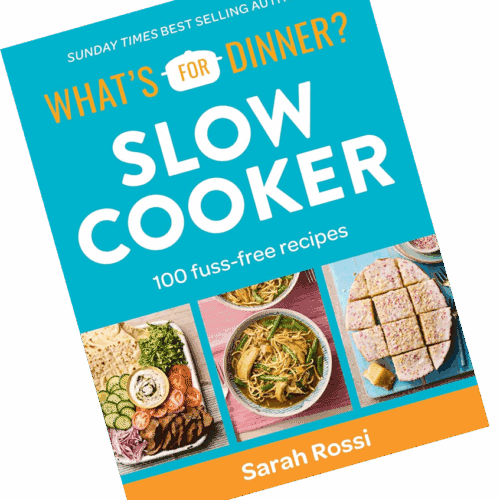
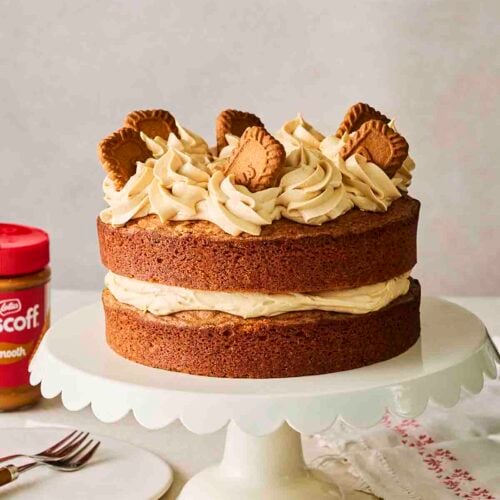
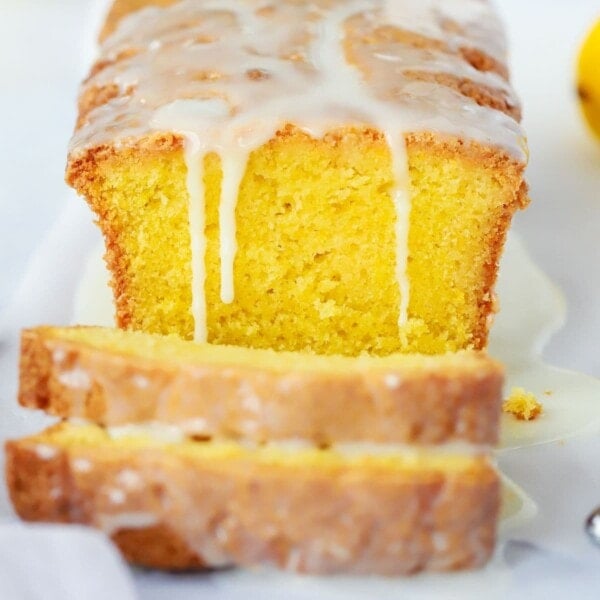
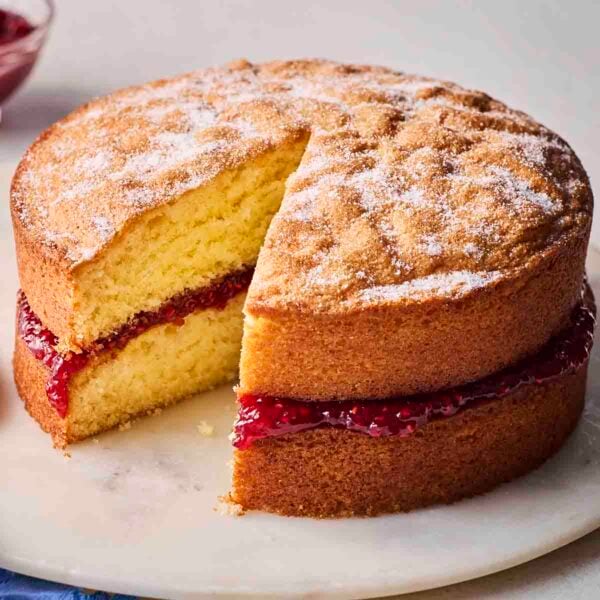
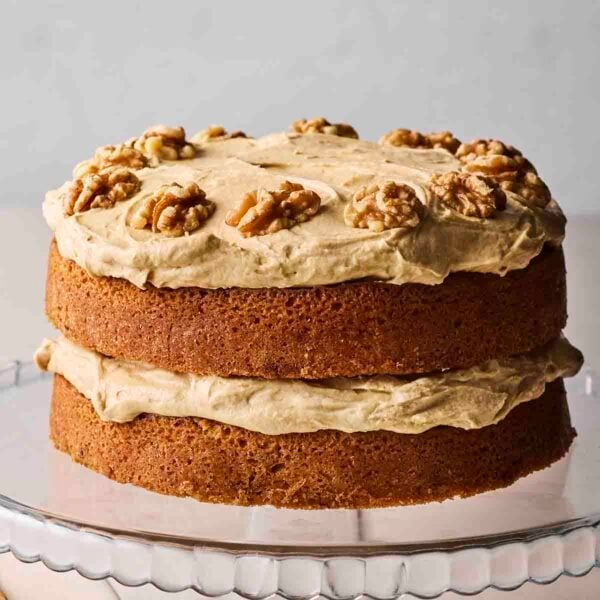



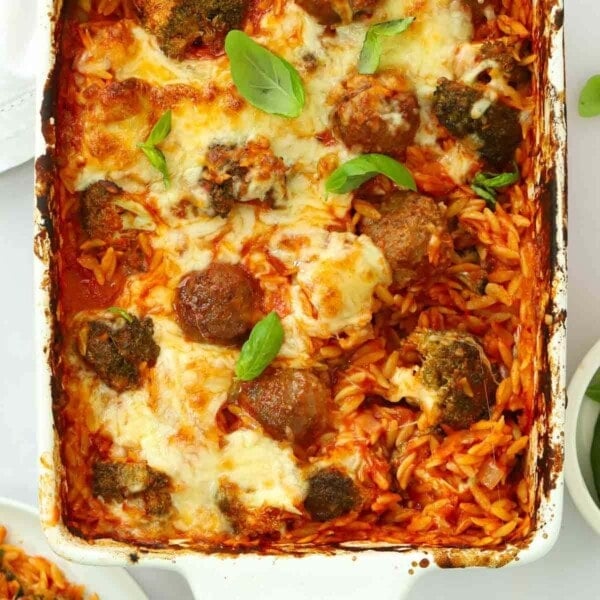

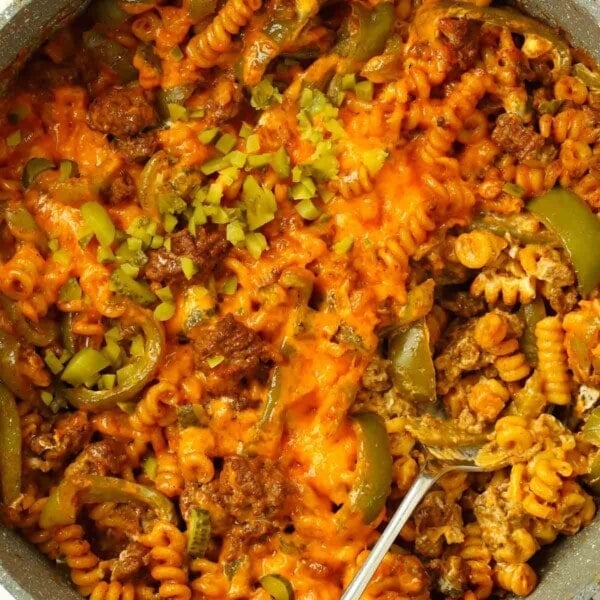









Wow this cake was wonderful! I made it easily the first time and served it up for my friends, who all commented on how delicious it was. Thank you Sarah.